With the rise of the smart home trend, bathrooms are becoming a key space for a new round of upgrades. Among them, smart toilets have become a popular choice in bathroom renovation due to their energy-saving, comfortable, and high-tech functions. However, for small bathrooms with limited space, selecting the most suitable smart toilet within the limited space has become a crucial issue in decorating planning.
According to a survey by the National Kitchen & Bath Association (NKBA), over 34% of bathroom renovation projects involve toilet replacement, with the market share of smart toilets increasing year by year, particularly in mid- to high-end renovation projects. At the same time, the Houzz 2024 bathroom trend report indicates that demand for small-sized and secondary bathroom renovations continues to rise, with users particularly concerned about space-saving and multifunctional products.
This article will analyse in depth which smart toilets are most suitable for small bathroom decoration from the perspectives of types of smart toilets, space-saving designs, functional comparisons, installation conditions, and investment returns.
1. Design challenges for small bathrooms
1.1 Restricted Space
The common small bathroom area is between 40 and 60 square feet, with a compact layout and limited space for the toilet. Standard split toilets may cause restricted movement and affect overall comfort.
1.2 Functional requirements remain unchanged
Although the area is limited, modern users' demand for comfort and cleanliness has not decreased, but rather emphasises "achieving maximum functional value within a limited space".
1.3 Aesthetics and Storage
Small bathrooms often require visual design to expand the sense of space, and overly bulky toilets can easily disrupt overall coordination.
2. Common types of smart toilets
2.1 Integrated intelligent toilet
Integrating the water tank and toilet into a whole, with a simple appearance and smaller footprint.
Advantages: The streamlined design saves space and is easy to clean.
Suitable for: Small apartments or secondary bathroom renovation projects.
2.2 Wall-mounted intelligent toilet
The water tank is embedded in the wall, with only the seat ring exposed.
Advantages: Maximises ground space savings and enhances visual transparency.
Challenge: High installation cost, requiring advanced planning of the wall structure.
2.3 Intelligent cover plate + space saving toilet combination
By installing intelligent cover plates on compact toilets, some intelligent functions can be achieved.
Advantages: Suitable for projects with a limited budget or renovation conditions.
Shortcoming: The functionality is relatively basic, and the appearance is not as simple as the integrated design.
2.4 Corner-type intelligent toilet
Design the water tank and toilet into a structure suitable for corners, maximising the use of corner space.
Advantages: Suitable for extremely small bathrooms or special layouts.

3. Priority given to small space features
3.1 Water and Energy Conservation
EPA WaterSense data show that certified smart toilets require only 1.28 gallons per flush, saving an average of over 20% more water than traditional toilets. For bathrooms with limited space, water-saving products are often more compact in size.
3.2 Automatic Cleaning
The functions of spray rinsing, antibacterial glaze, and automatic deodorisation can reduce the cleaning burden and keep the space clean.
3.3 Comfort Features
Heating seat ring: Adapt to seasonal changes.
Temperature-controlled rinsing and drying: saves paper usage and enhances comfort.
Silent and gentle lowering cover: suitable for night use, reducing noise.
3.4 Intelligent Control
Some models offer touch panel or remote control operation, without the need for additional space to accommodate complex devices.
4. Installation and Space Planning
4.1 Dimensions and Reserved Space
When selecting a smart toilet for a small bathroom, consider the front and rear depth, as well as the overall height of the product.
The standard compact smart toilet has a depth of approximately 26-28 inches, which is 2-4 inches shorter than traditional models, allowing for more effective use of activity areas.
4.2 Wall Bearing Capacity and Pipeline Conditions
Wall-mounted models have strict requirements for wall and drainage positions. If no structure is reserved during the renovation phase, it is recommended to choose an integrated or compact floor design.
4.3 Power access
The smart toilet must be connected to a power source, and a waterproof socket should be installed at the designated location before installation.
5. Investment return and long-term value
5.1 Cost Range
Basic intelligent cover plate combination: approximately $400- $800.
Compact integrated: $1200- $2000.
Wall-mounted high-end models: up to $3000 or more.
5.2 Investment return
According to the Remodelling Magazine 2024 Cost vs. Value Report, the ROI of bathroom renovation ranges from 66% to 70%, and smart toilets, as a high-tech highlight, can significantly enhance the attractiveness of houses, especially in the small-sized market, where they add significant points.
5.3 Service life and maintenance
The service life of high-quality smart toilets can reach 10-15 years, with relatively low maintenance costs. In the long run, it is an investment that strikes a balance between comfort and economy.
6. Industry Trends and Future Development
6.1 More compact modular design
Manufacturers are developing modular intelligent toilets specifically optimised for small spaces, which not only retain their functionality but also save space.
6.2 Energy Conservation and Environmental Protection Enhancement
Models that combine water-saving flushing with paperless design will become mainstream in the future.
6.3 Health monitoring function
Some new smart toilets have begun to integrate health sensors that can detect basic health indicators, which is also valuable in small bathroom applications.
Conclusion
For small bathroom decoration, choosing a suitable smart toilet requires finding a balance between space optimisation, complete functionality, and long-term investment value.
If your budget is limited, you can opt for a compact toilet with an intelligent cover to achieve a basic intelligent experience.
For those seeking beauty and comfort, integrated or wall-mounted smart toilets are the ideal choice.
In extremely small spaces, corner-shaped designs can play a unique advantage.
Regardless of the solution, energy conservation, environmental protection, convenient cleaning, and comfortable experience are the core considerations for choosing smart toilets in small bathroom decoration. With the continuous advancement of design and technology, future smart toilets will provide infinite possibilities in limited spaces.

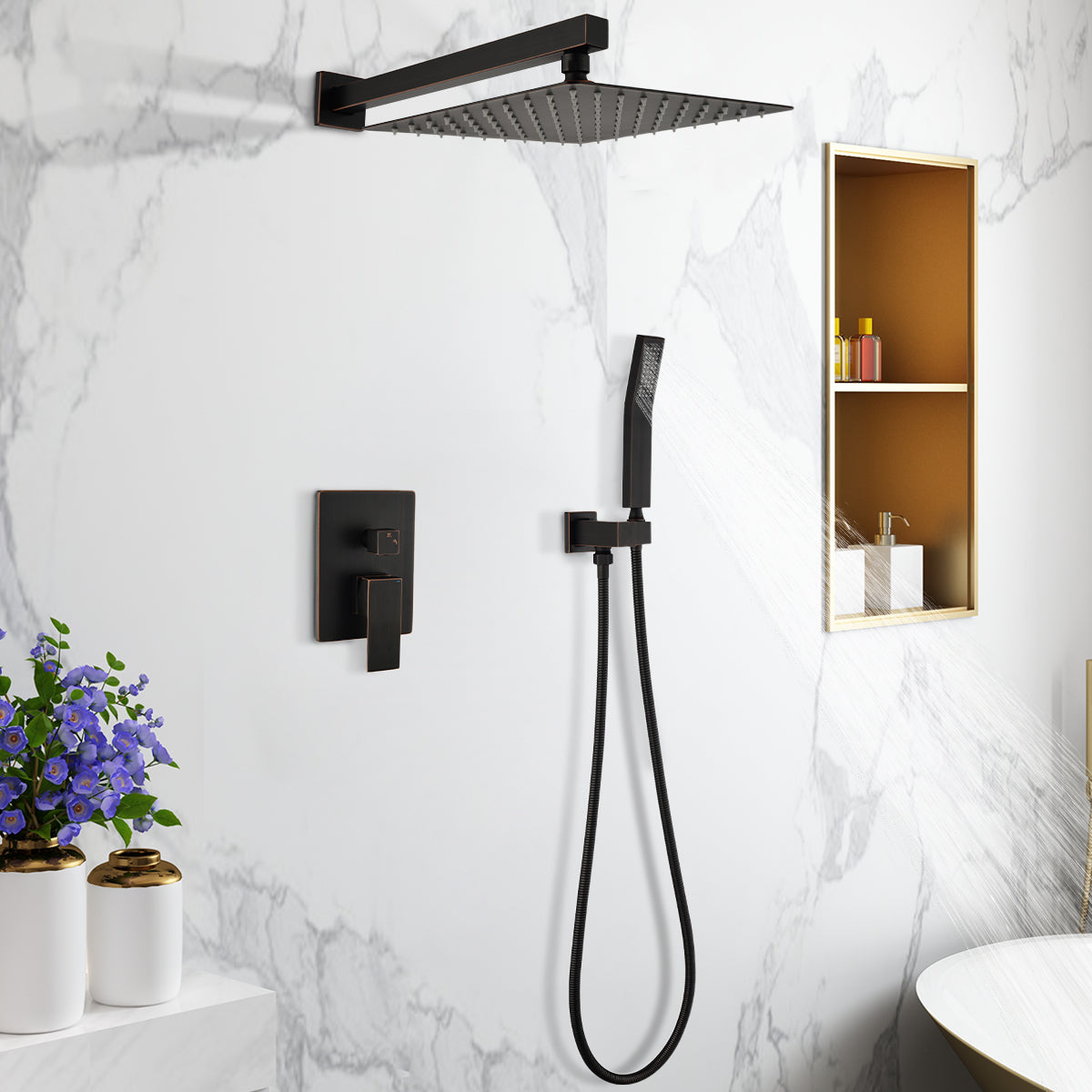






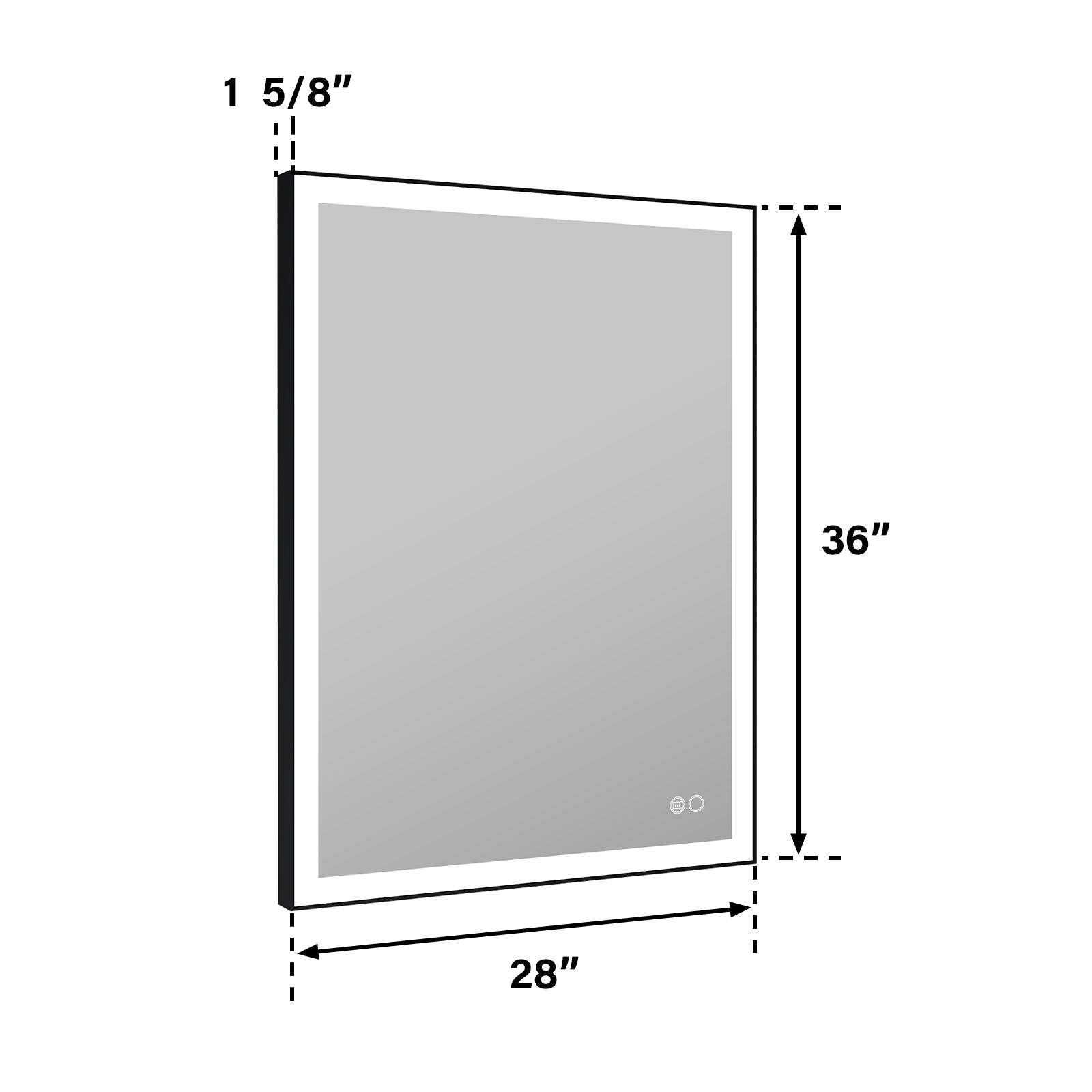

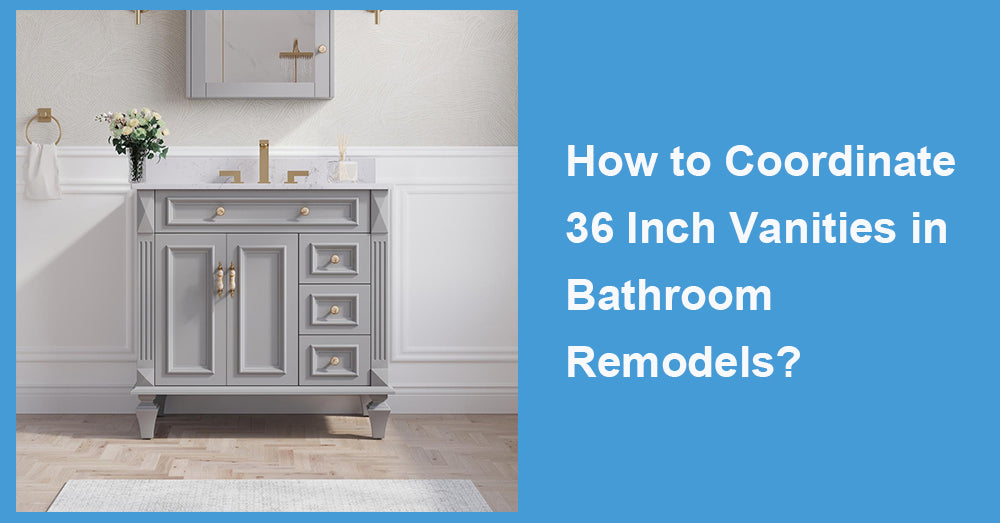
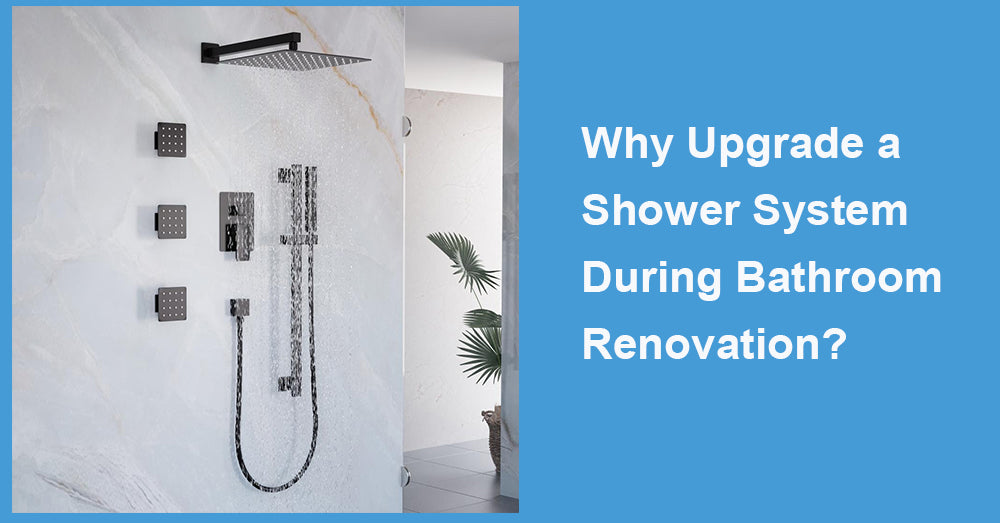
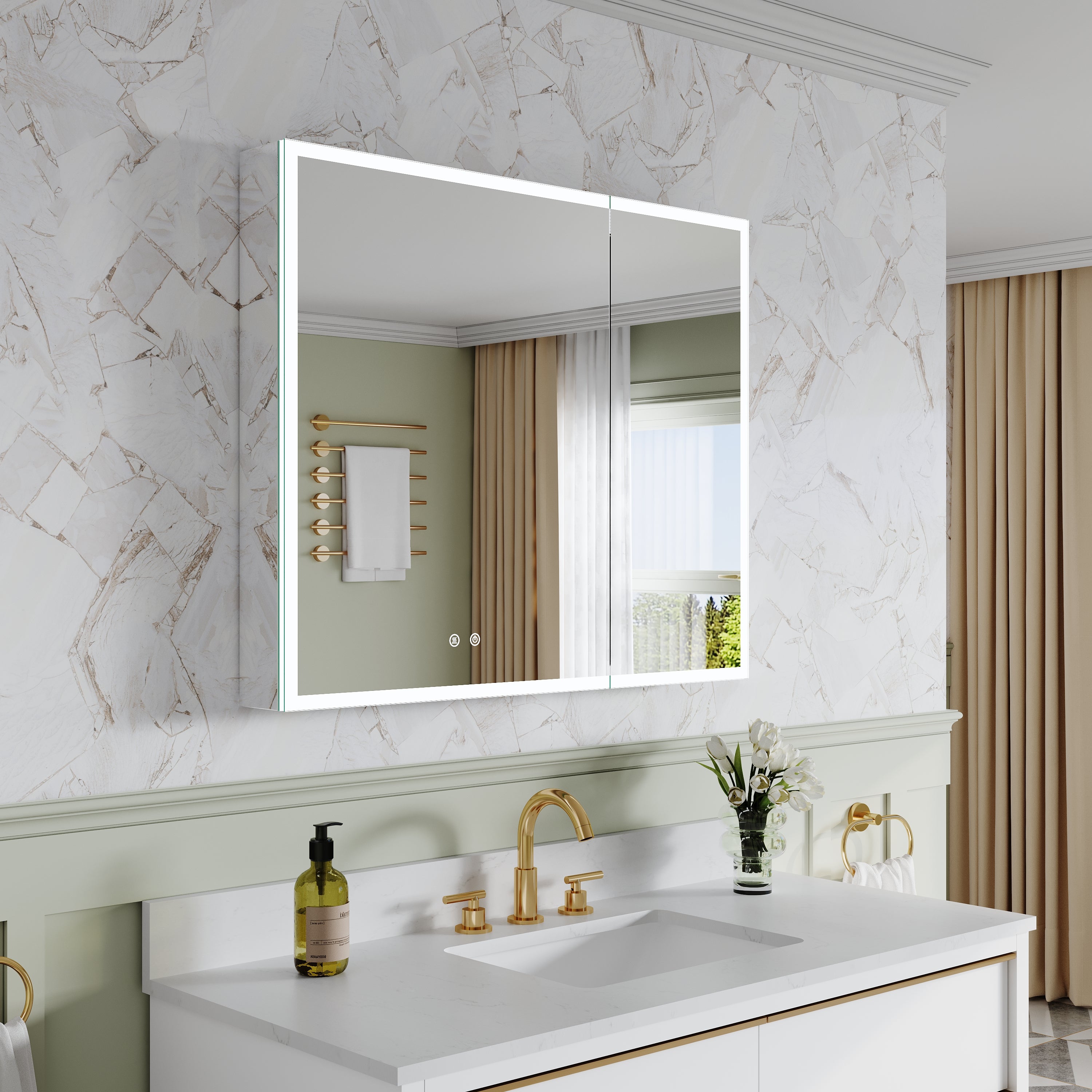
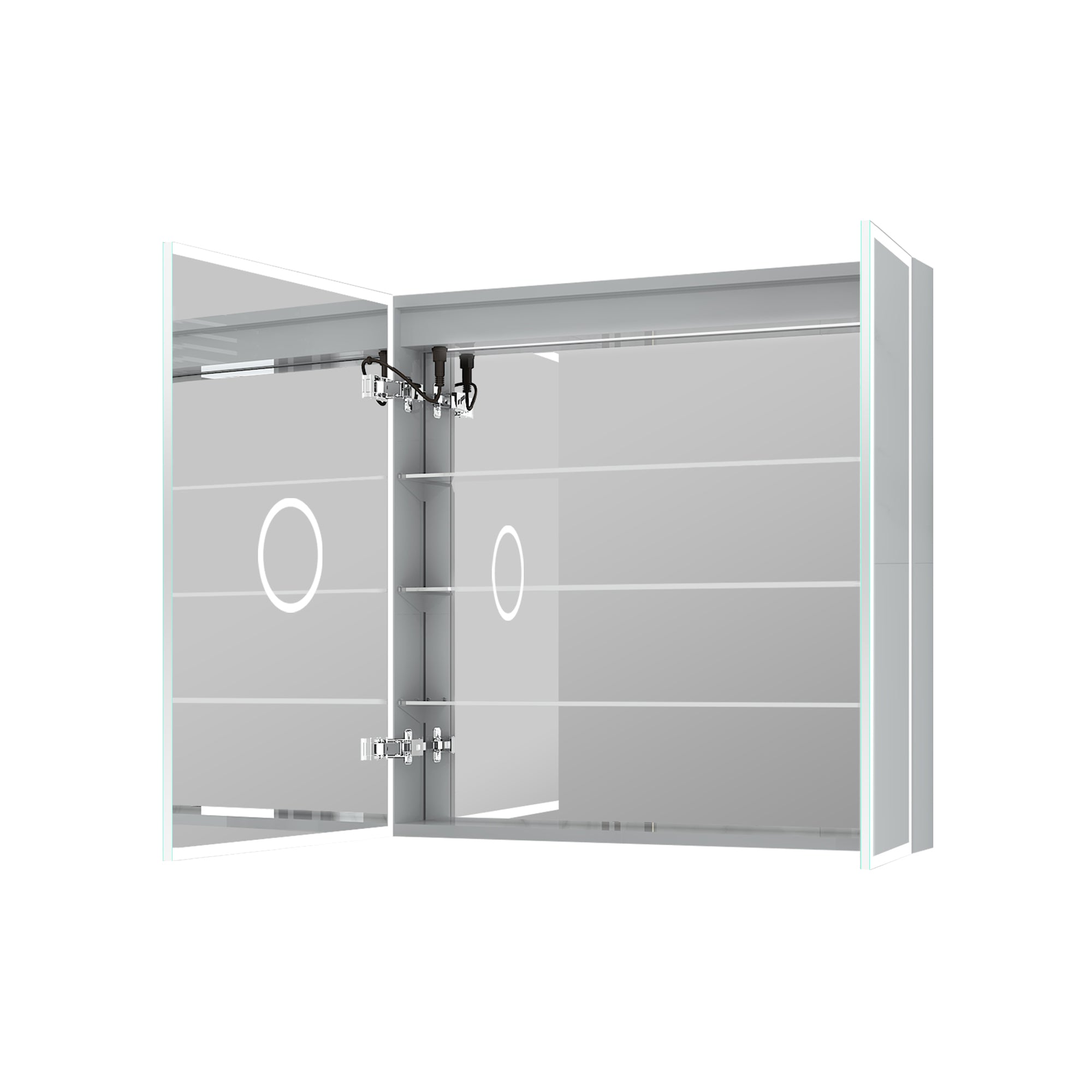
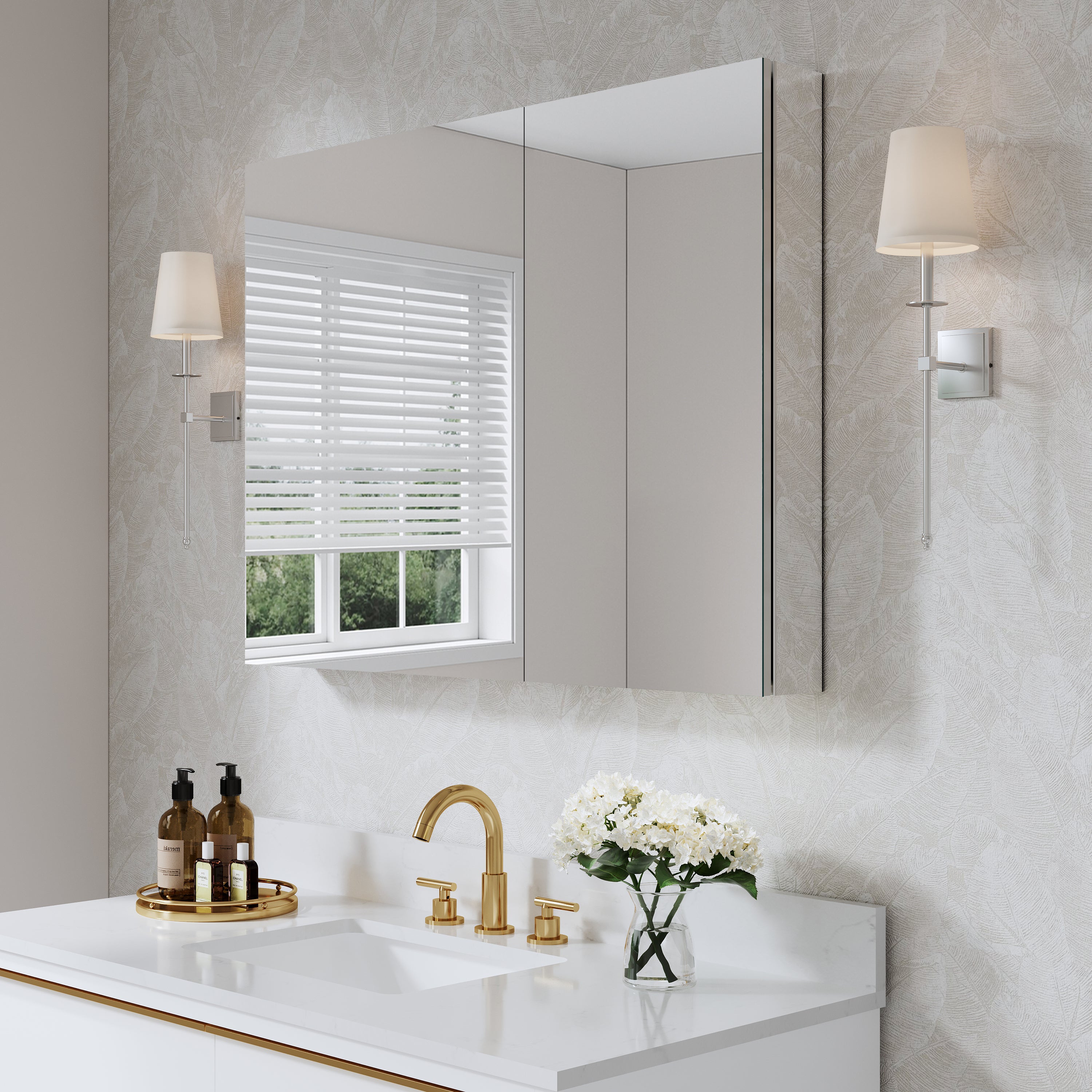

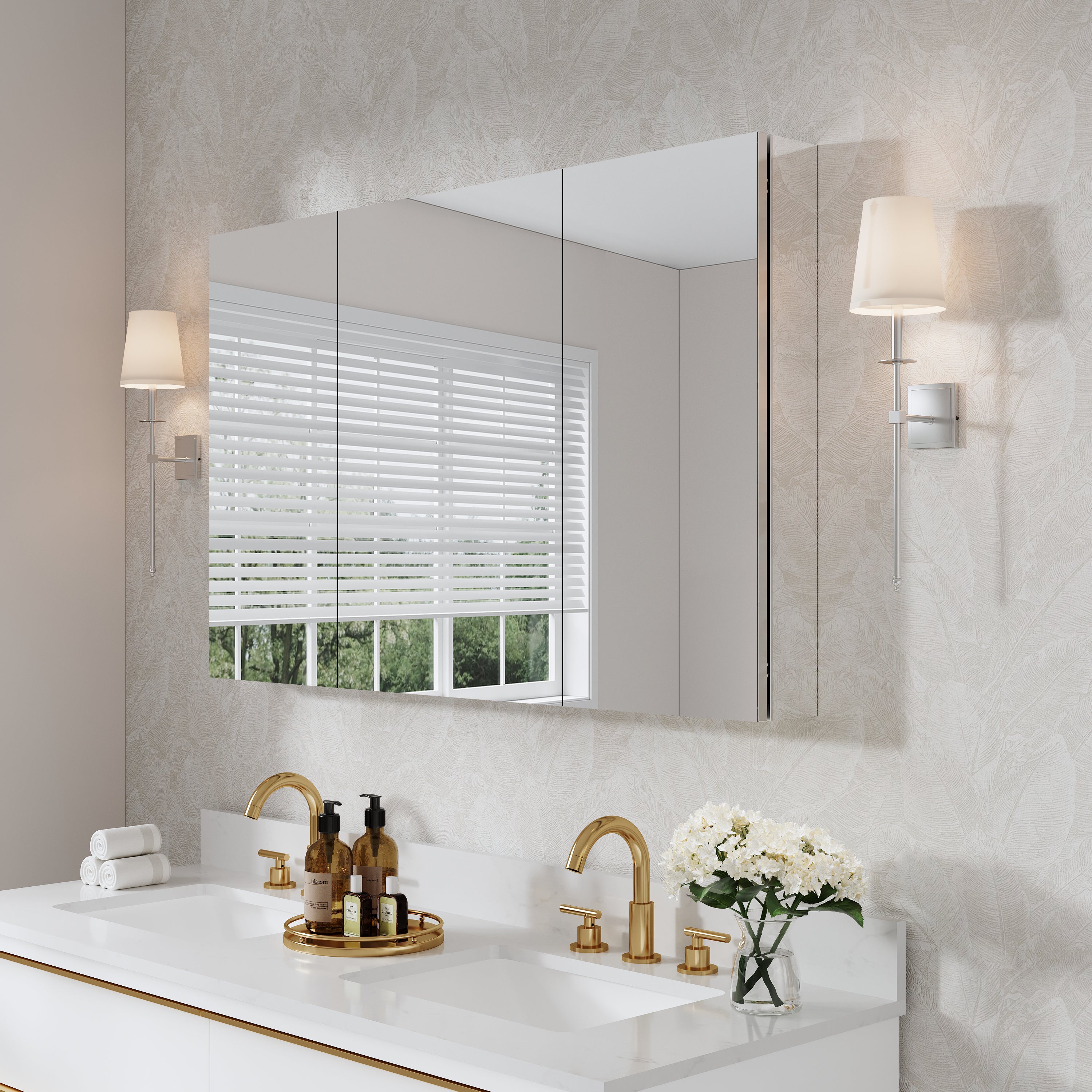
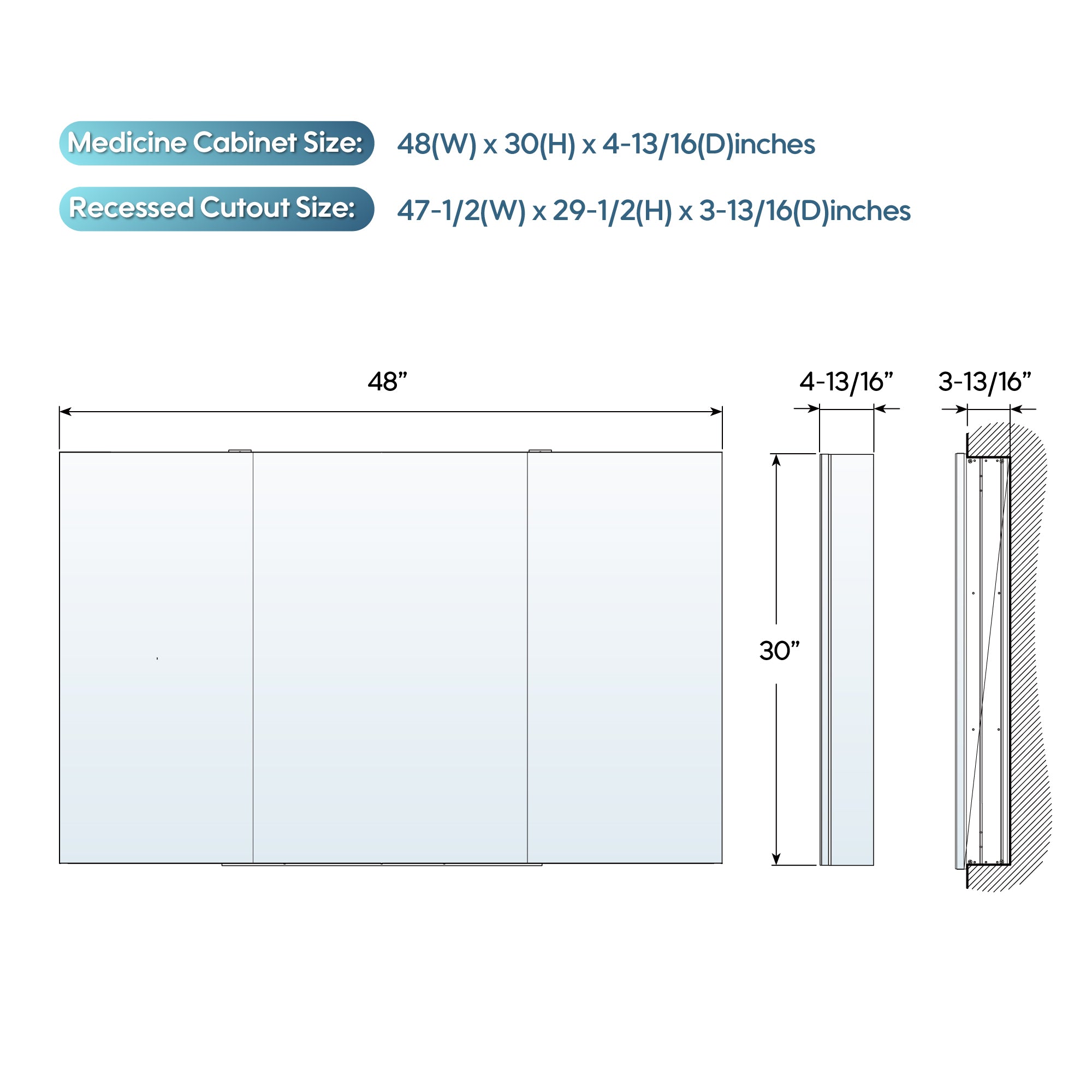

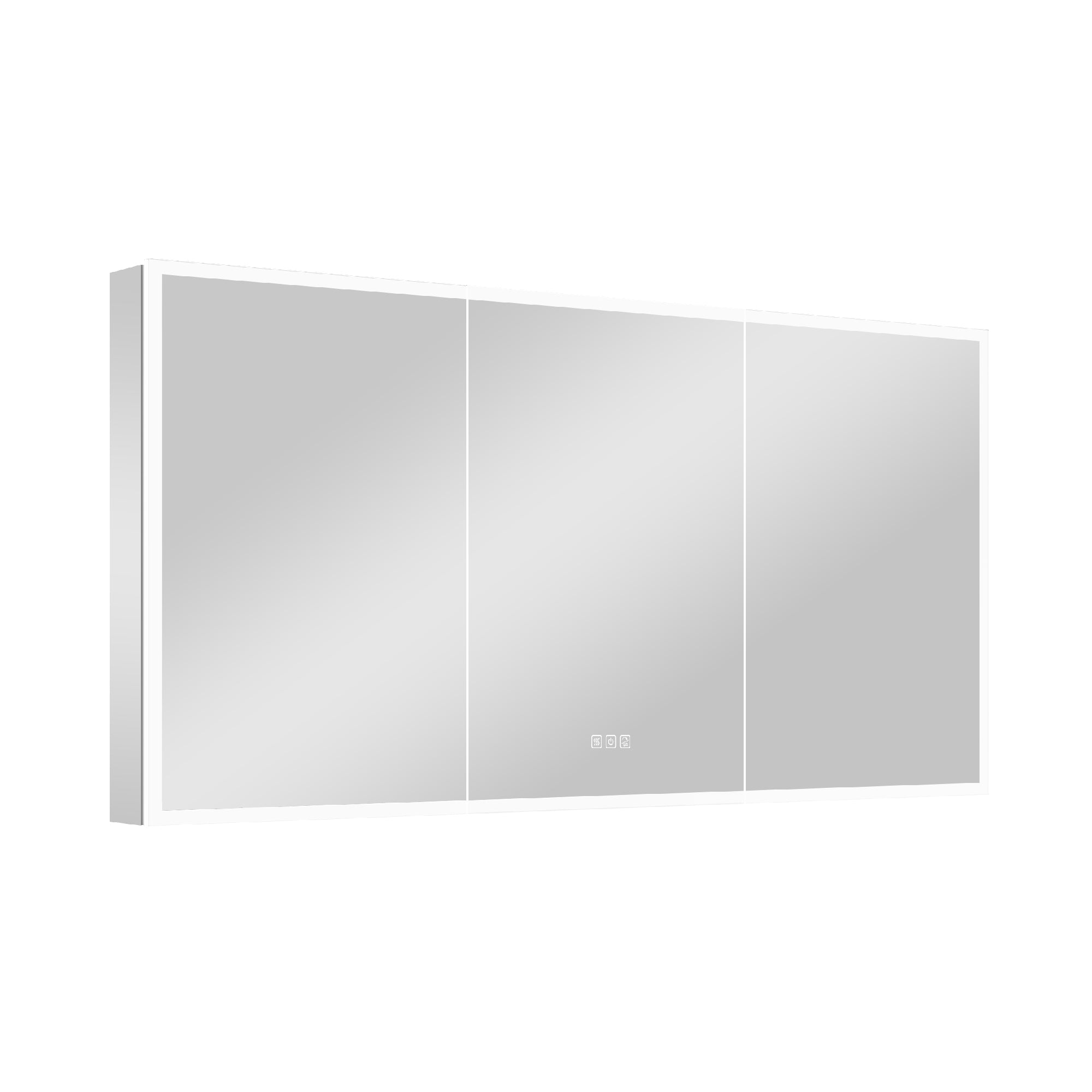
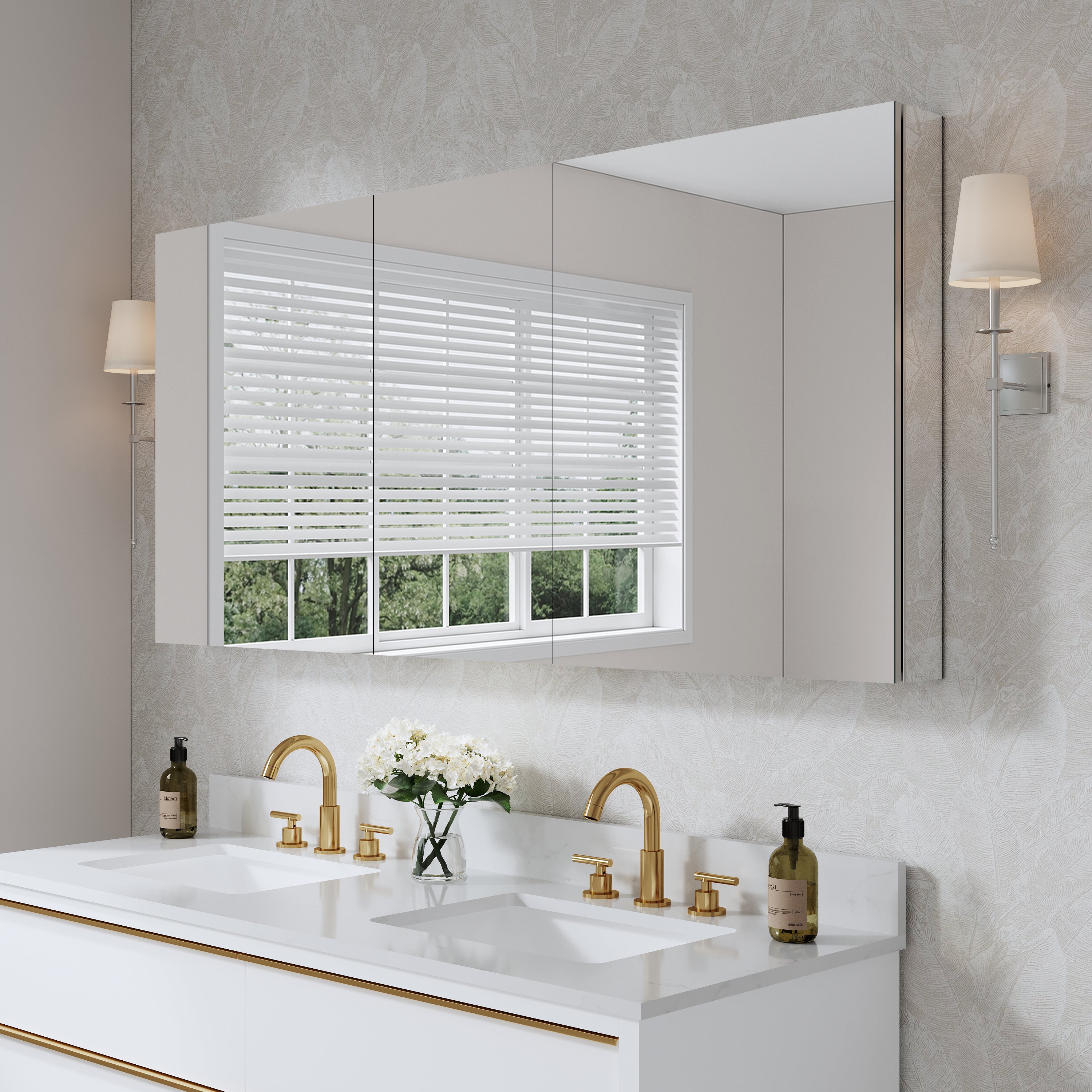




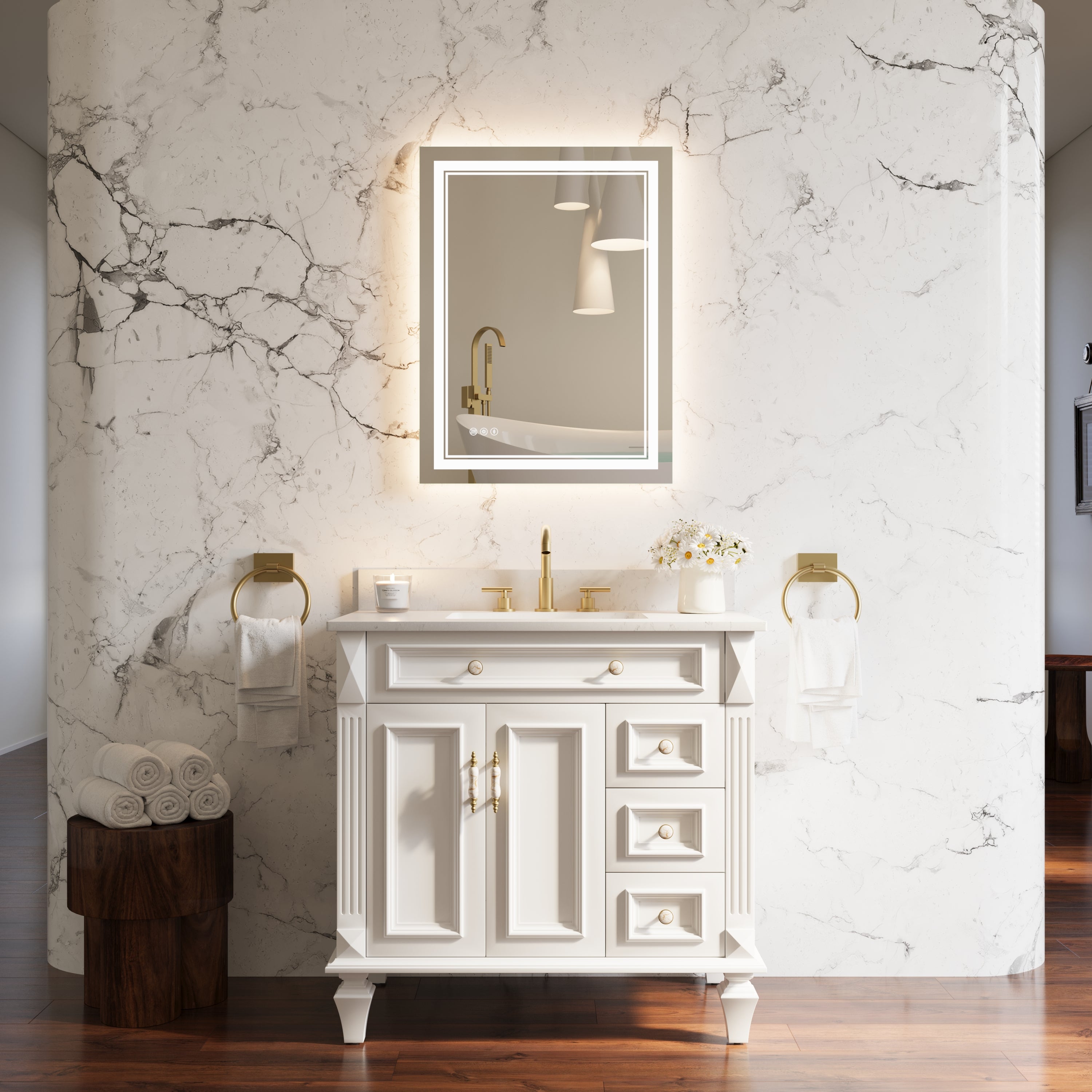
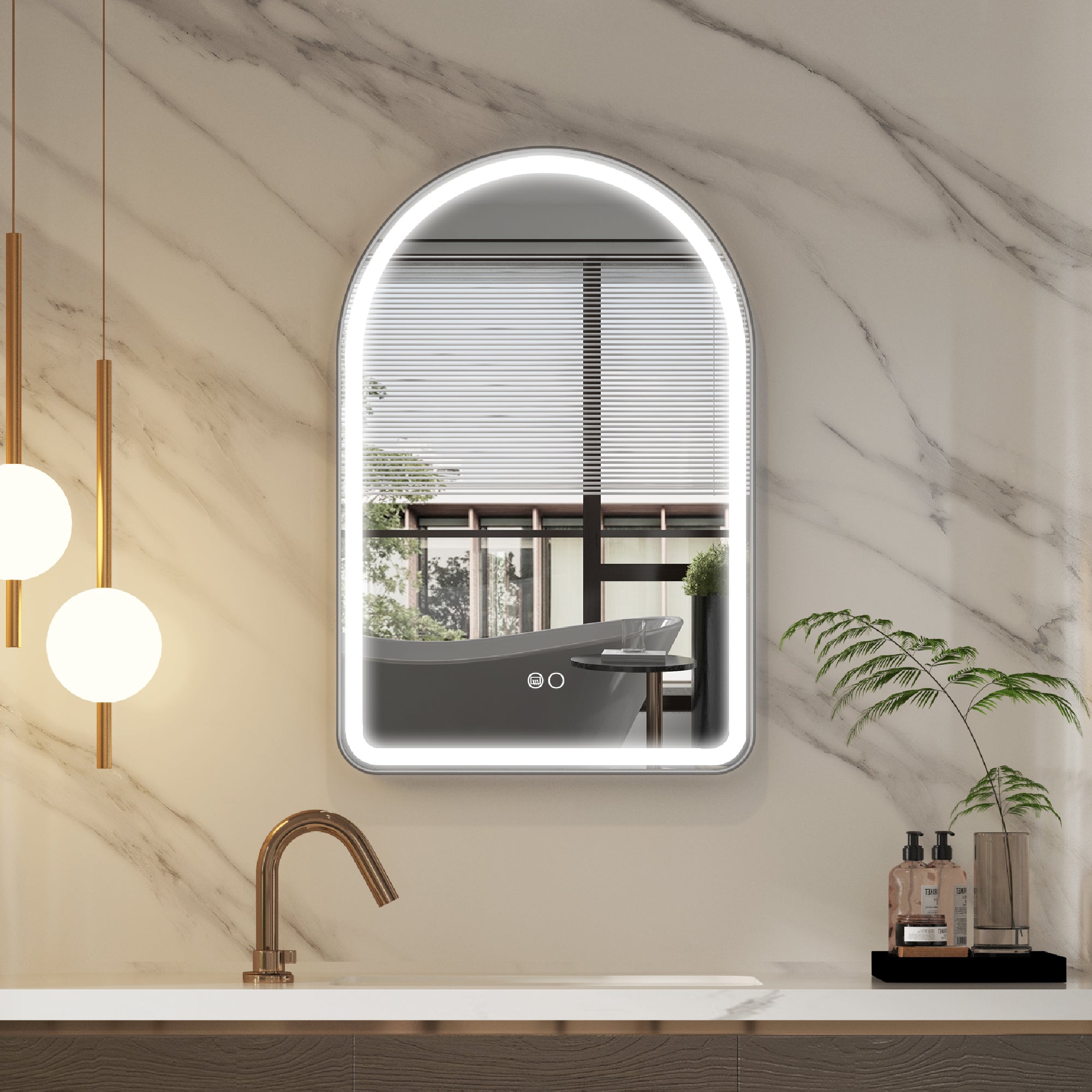
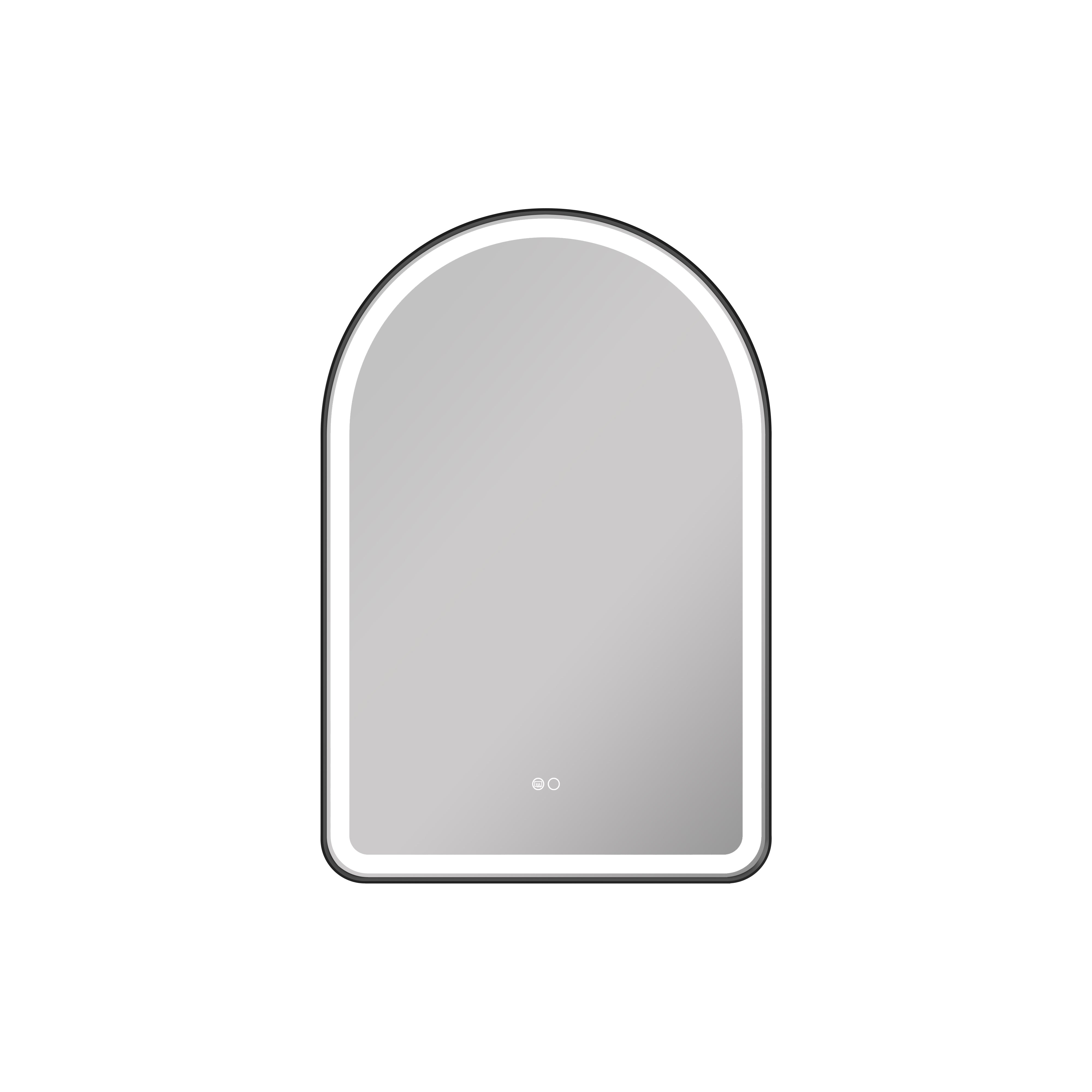

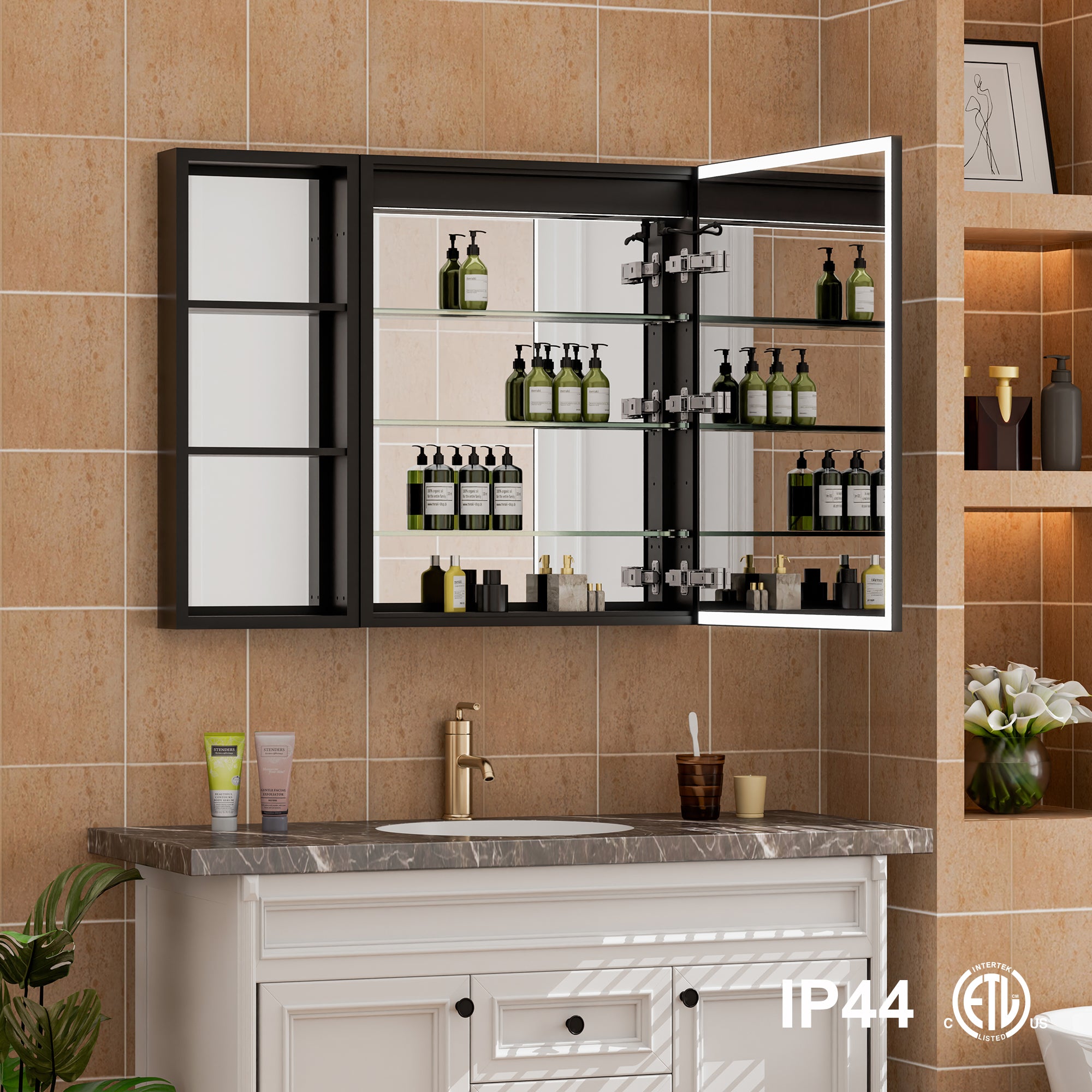
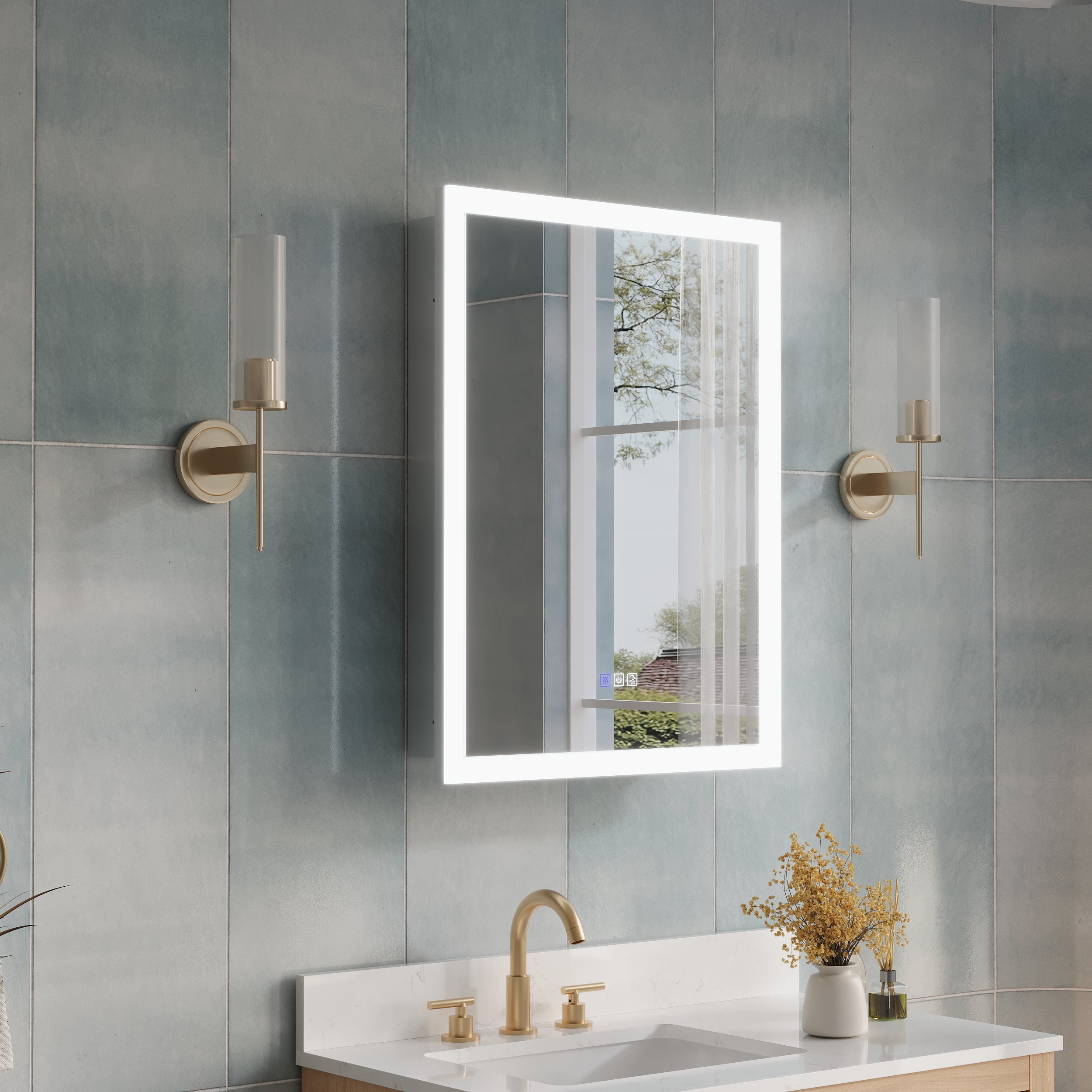
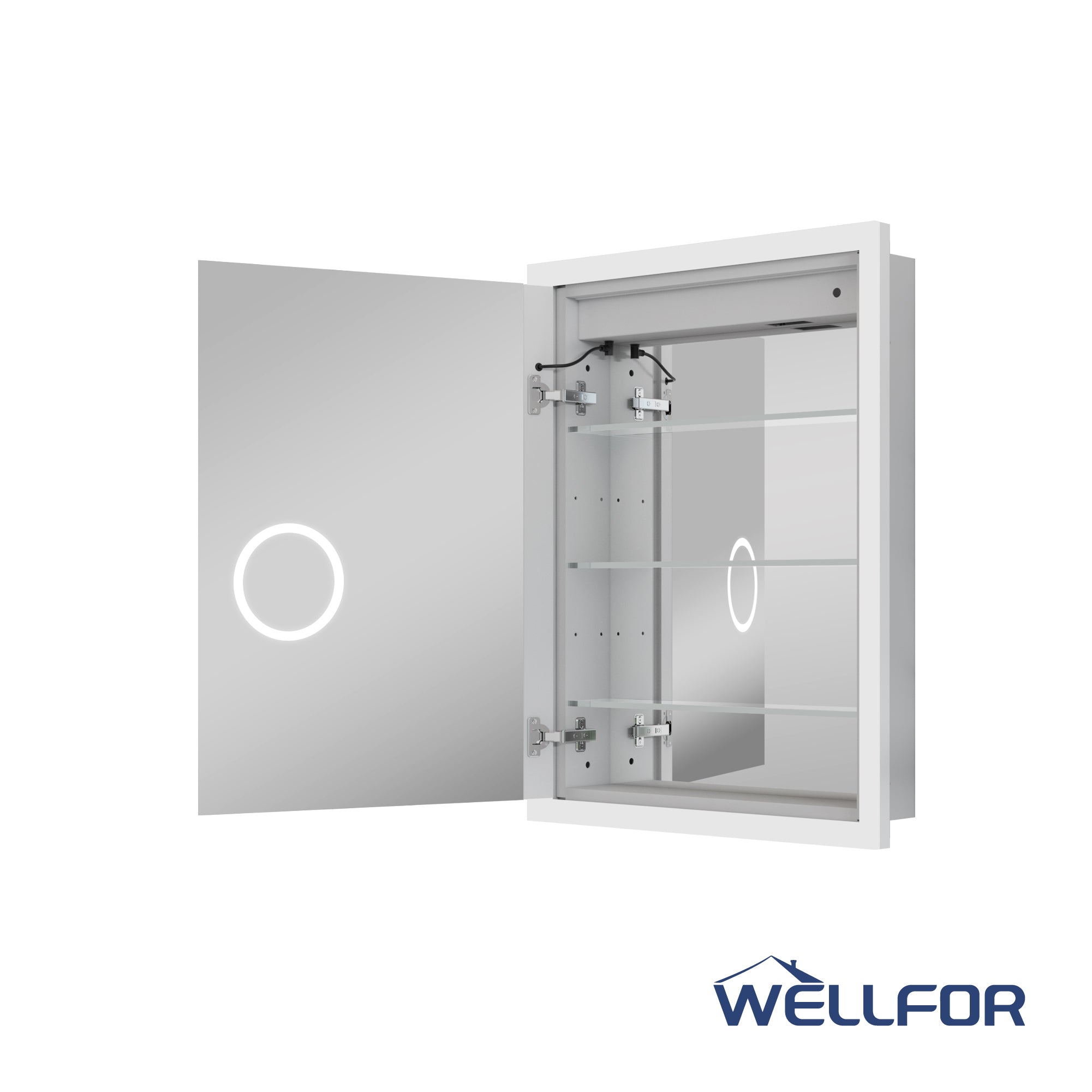
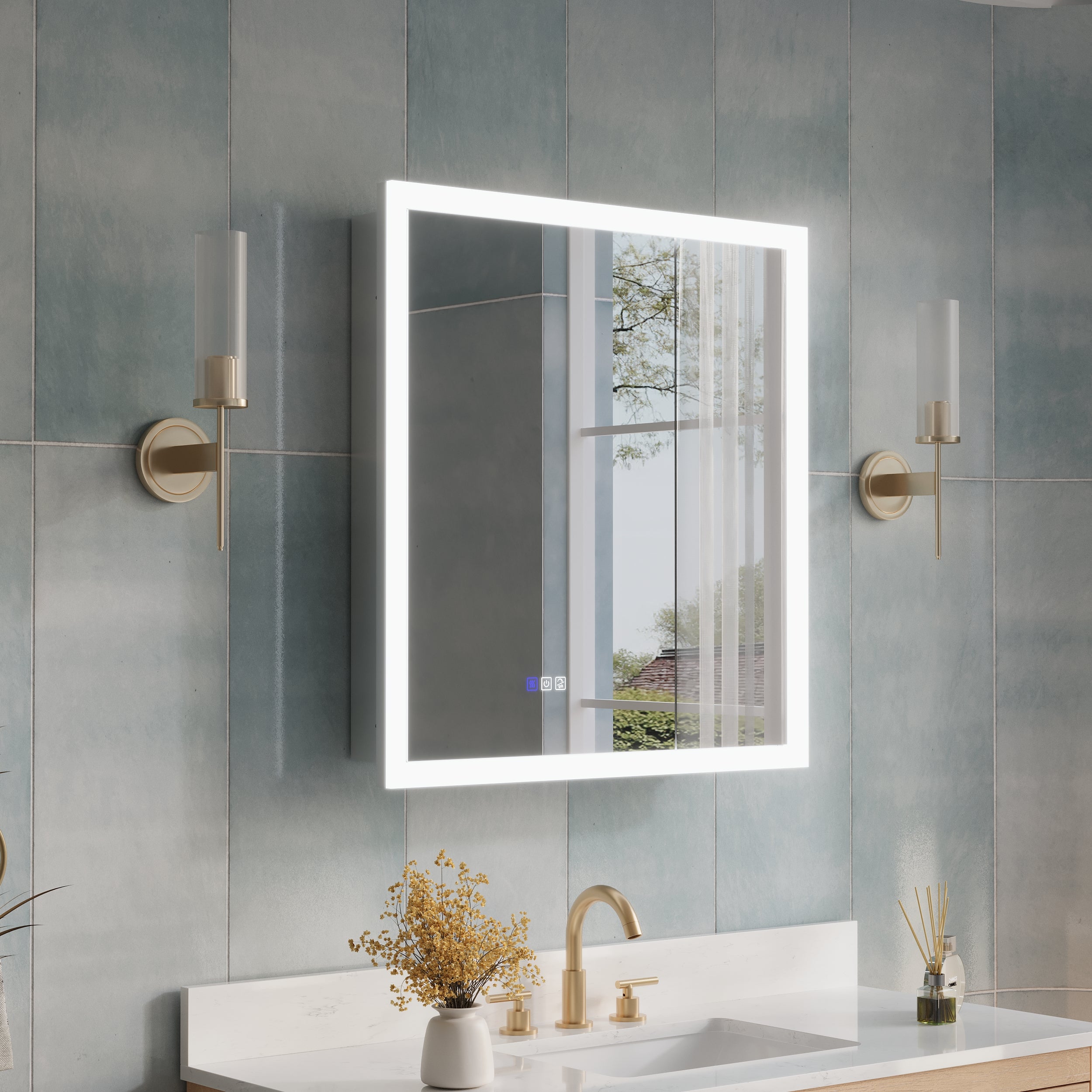
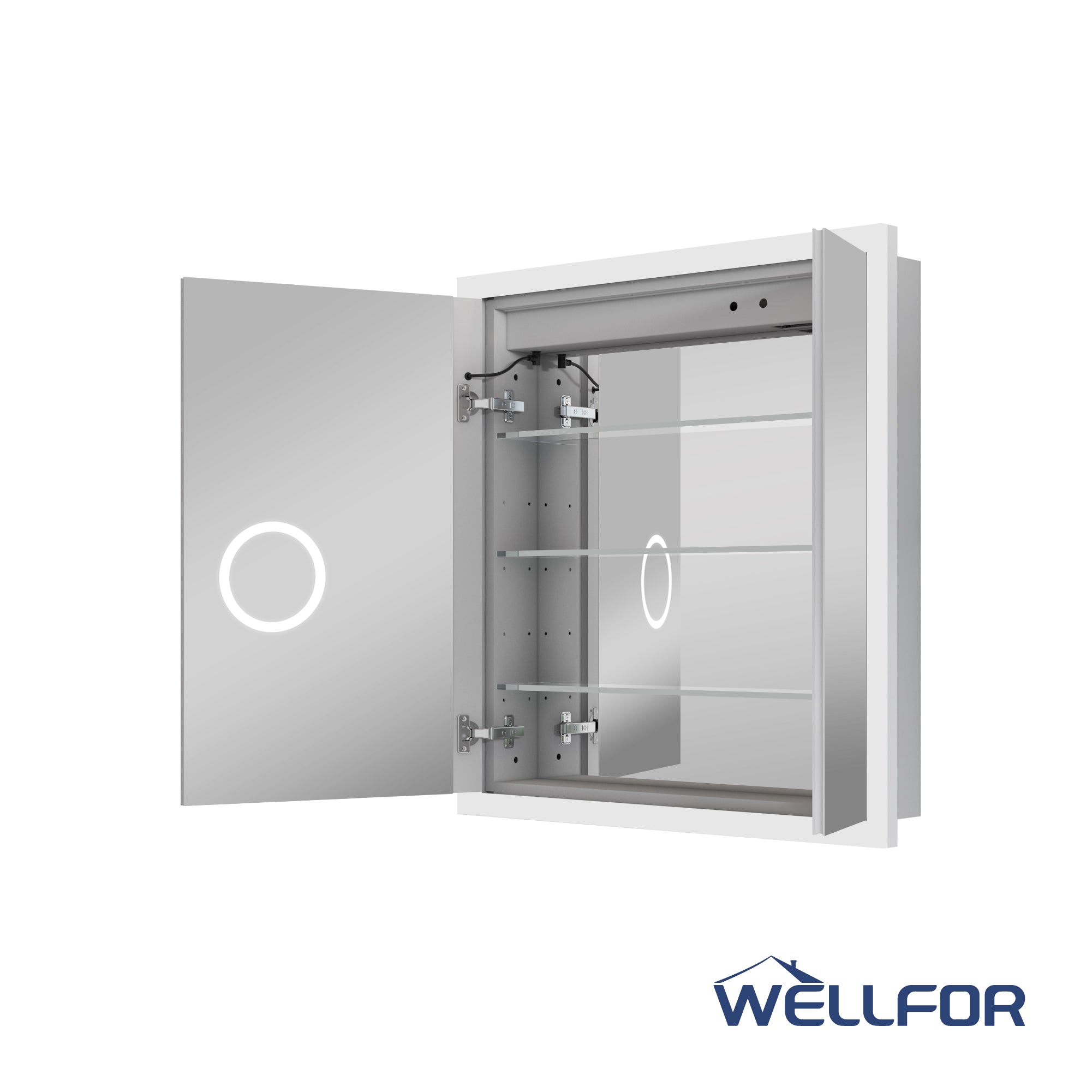
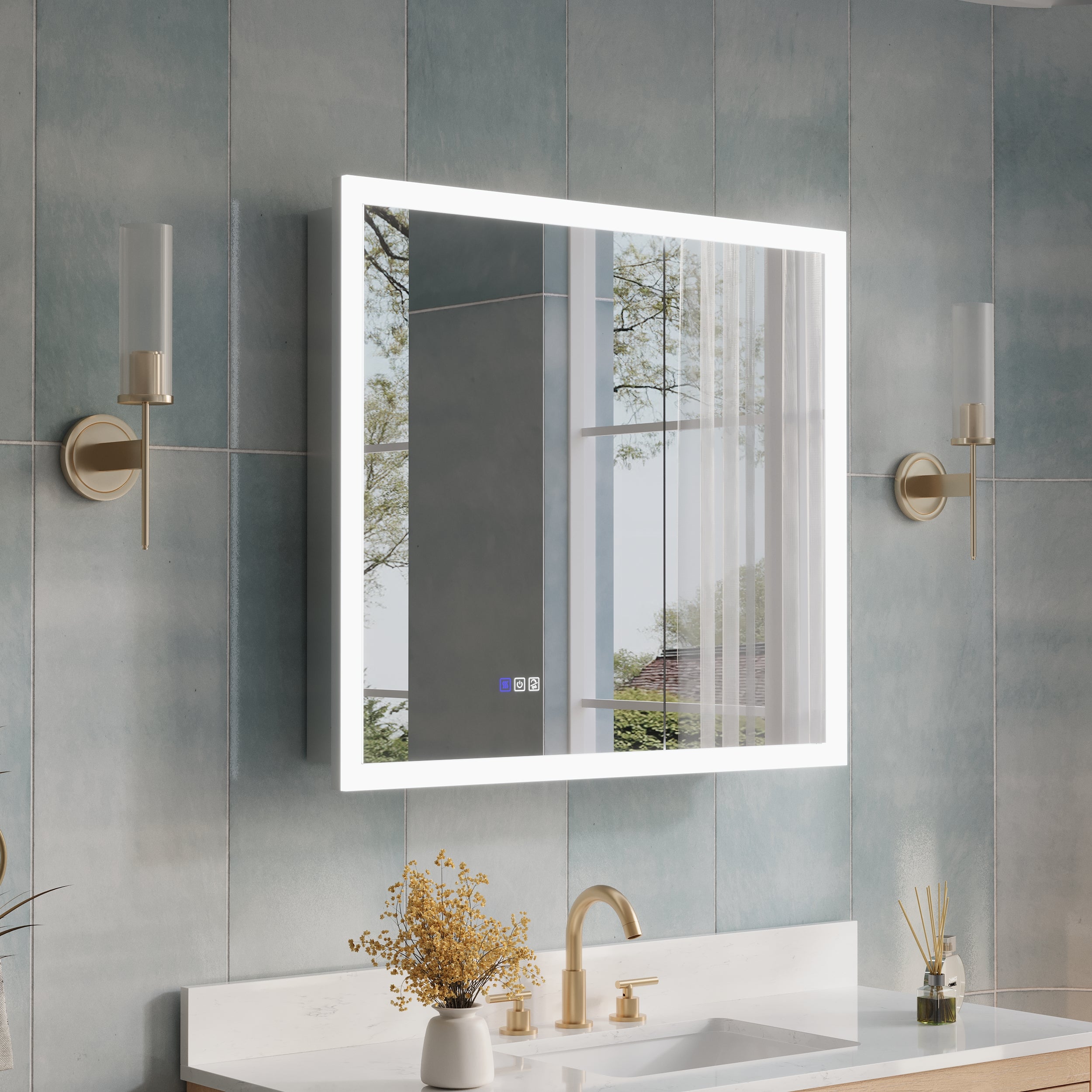

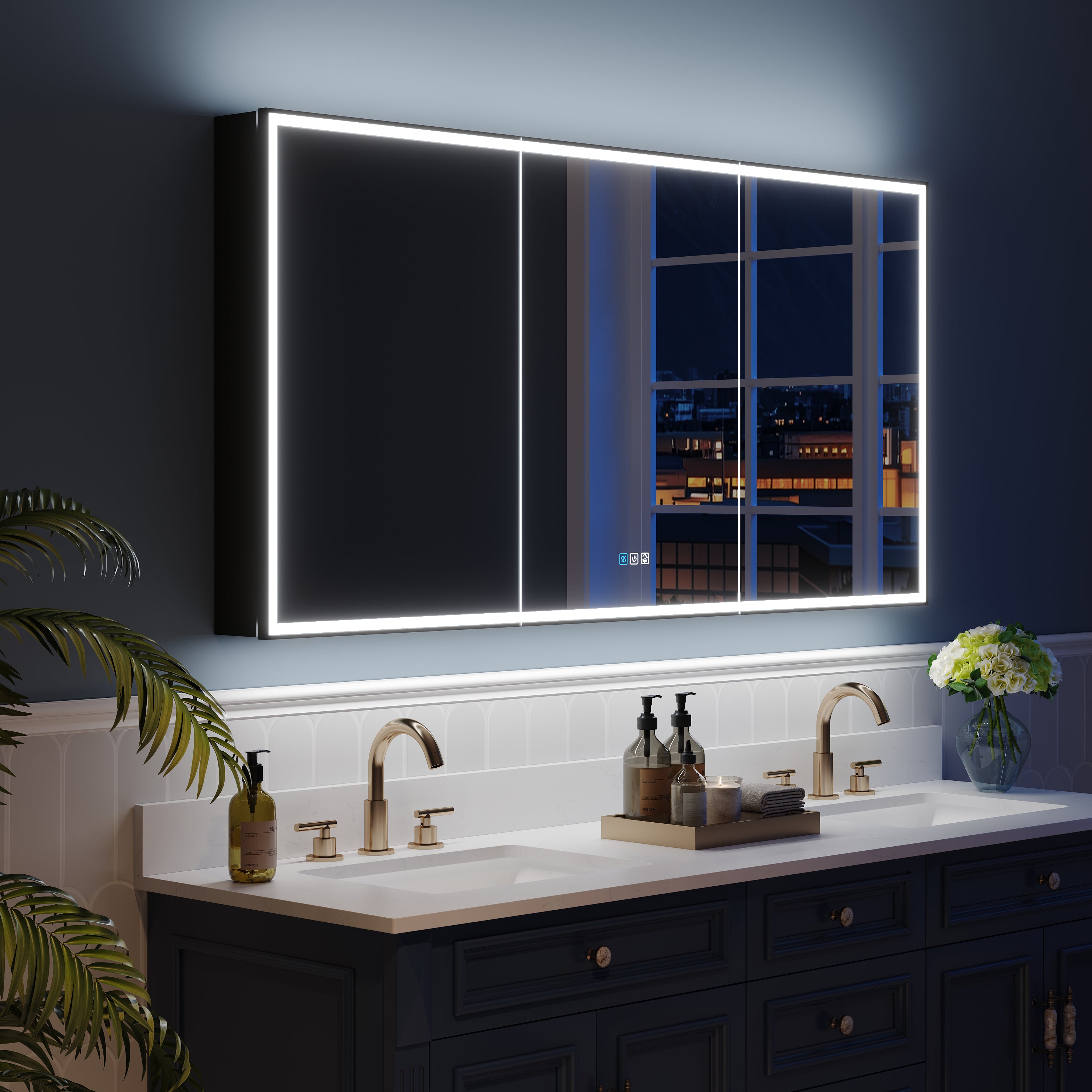
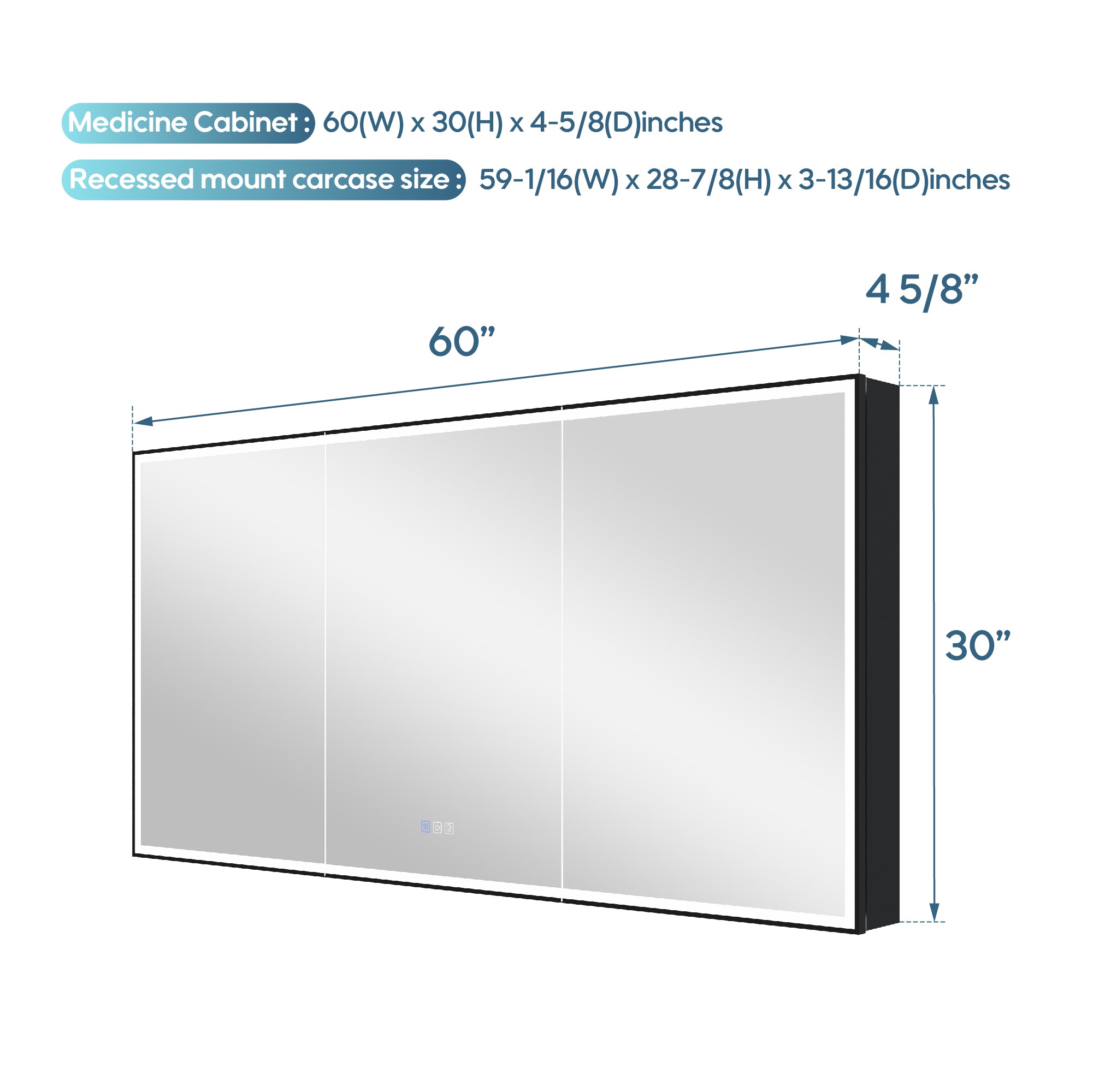
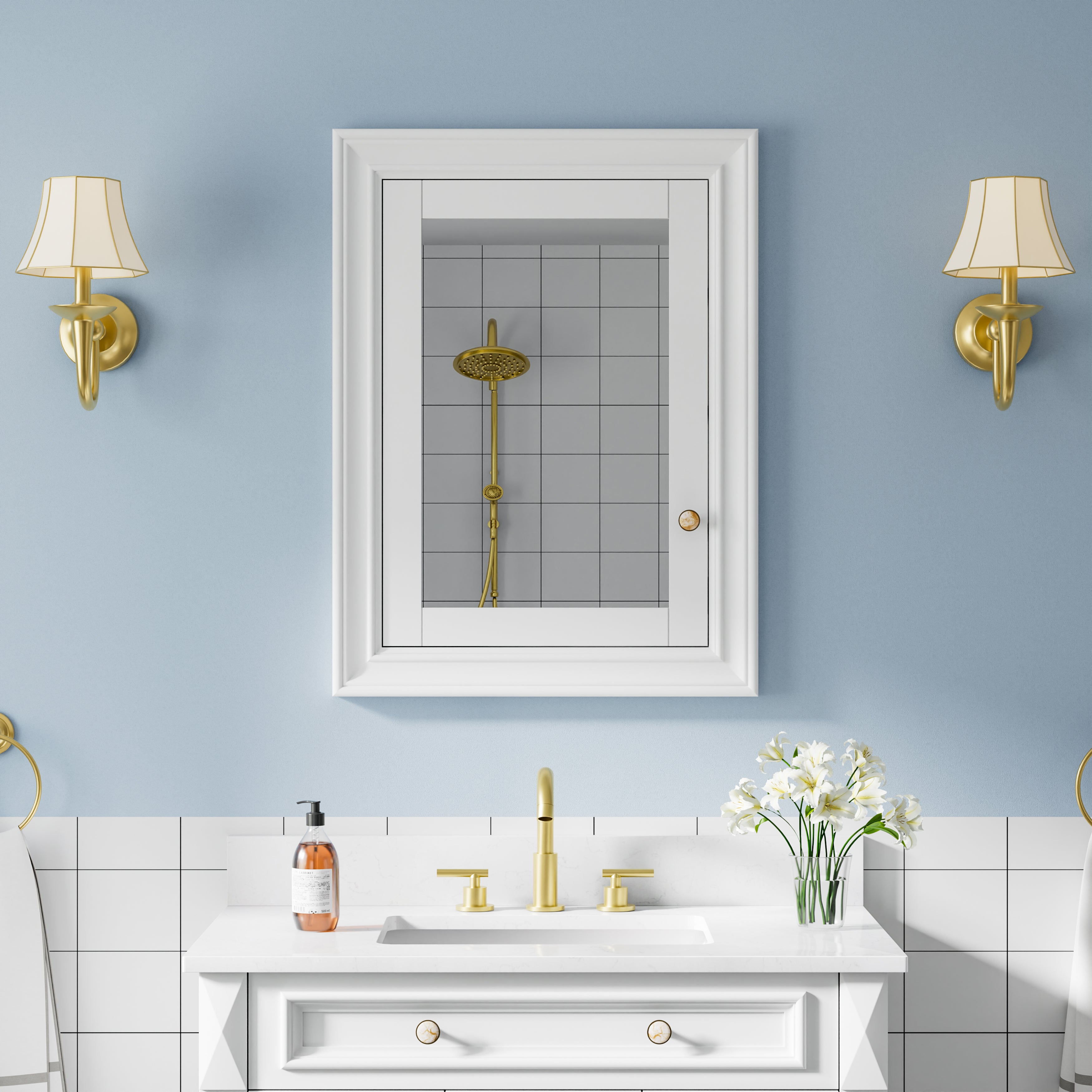


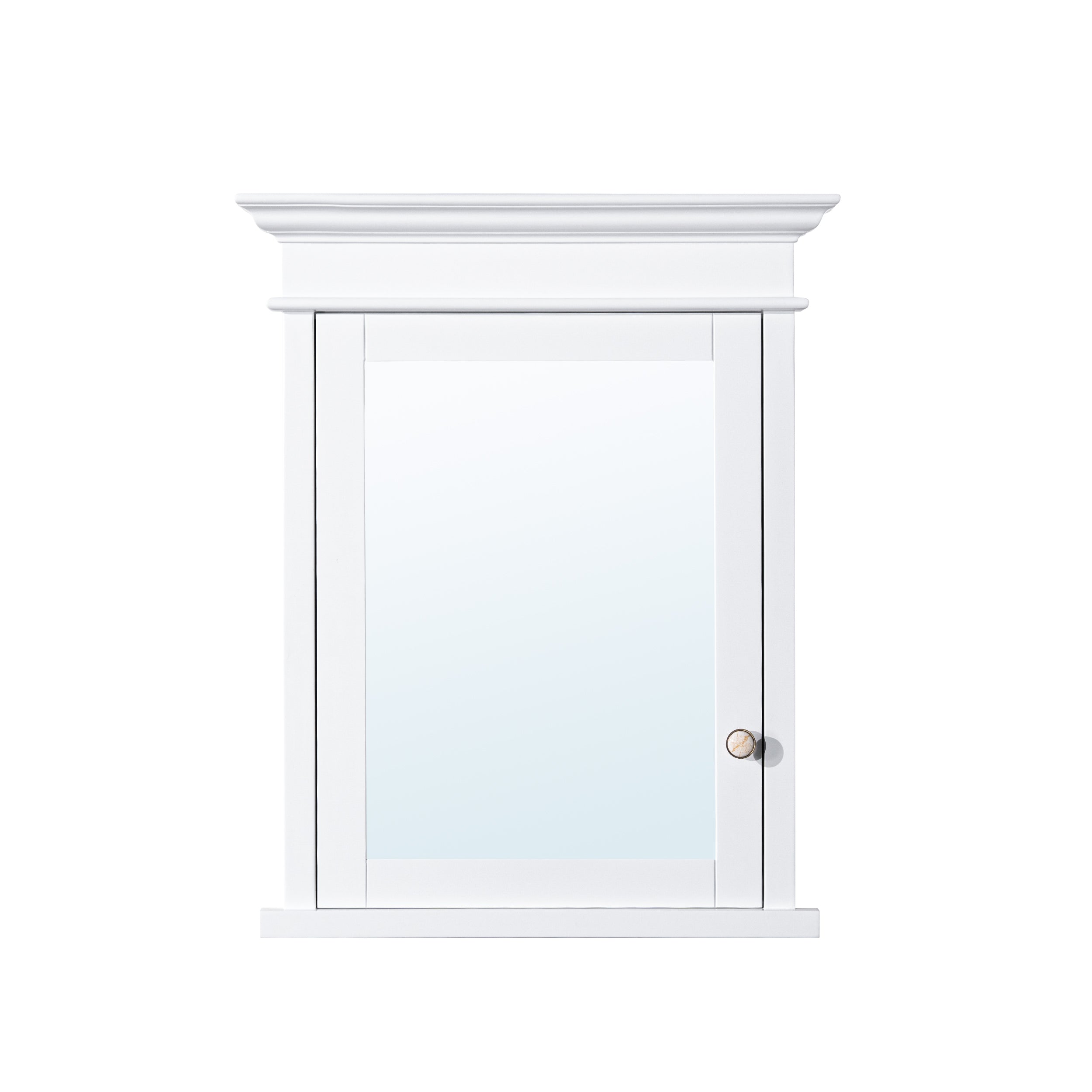

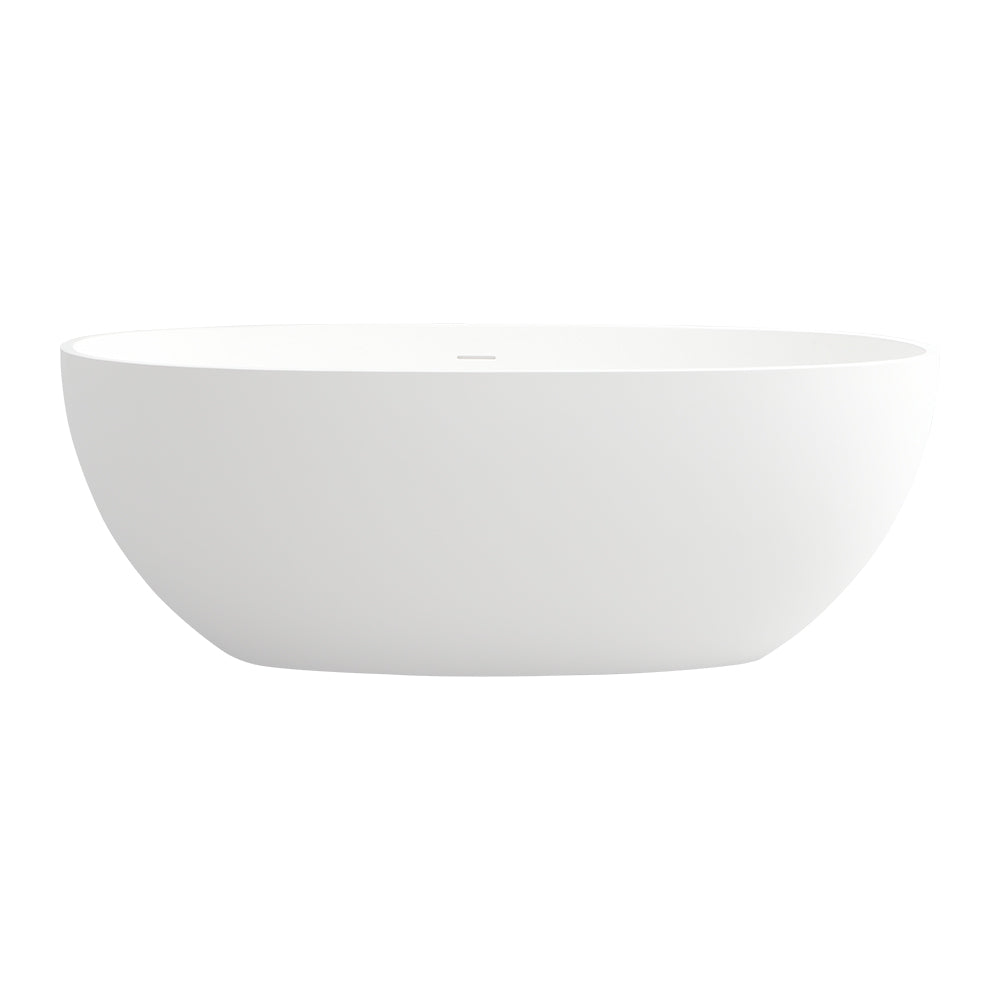


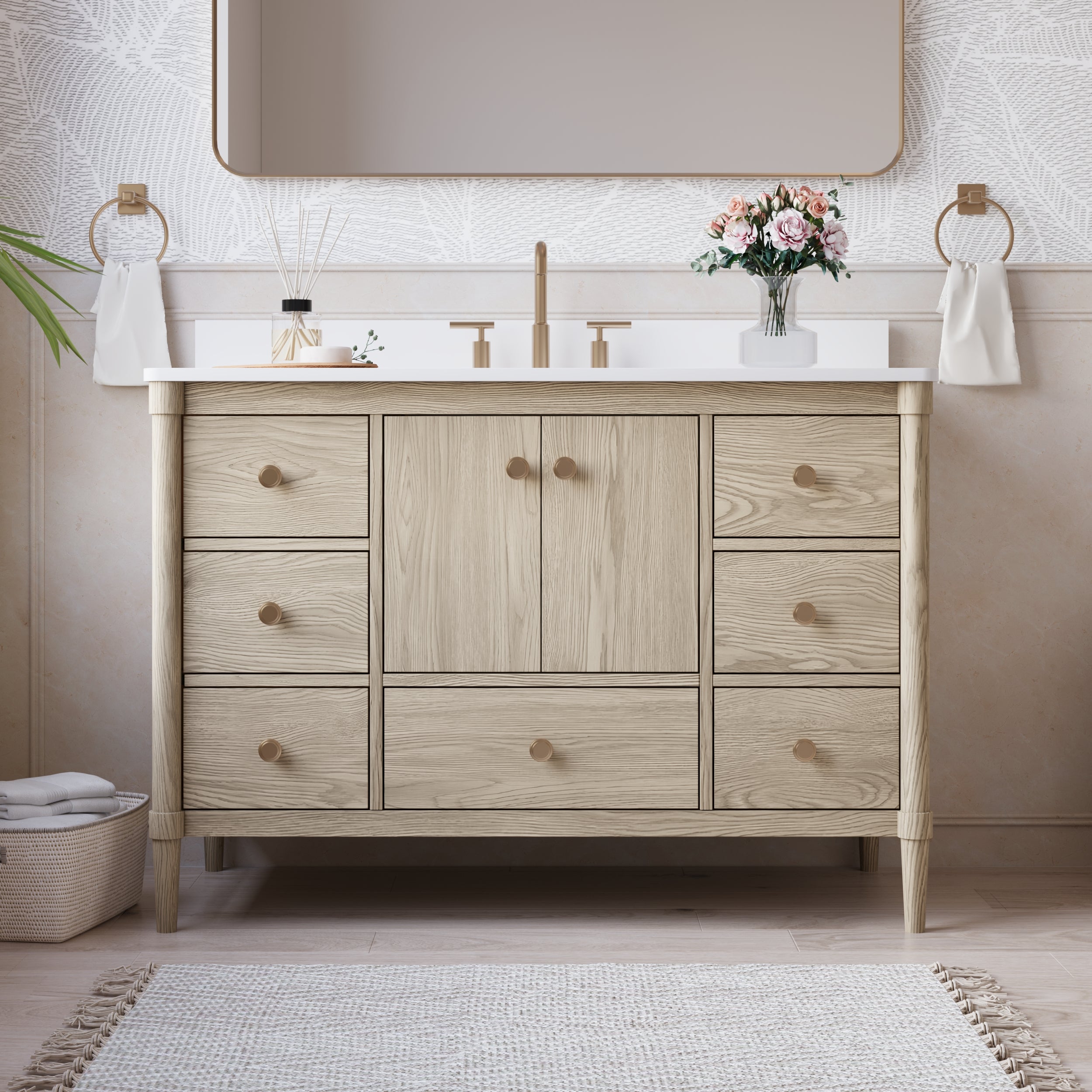
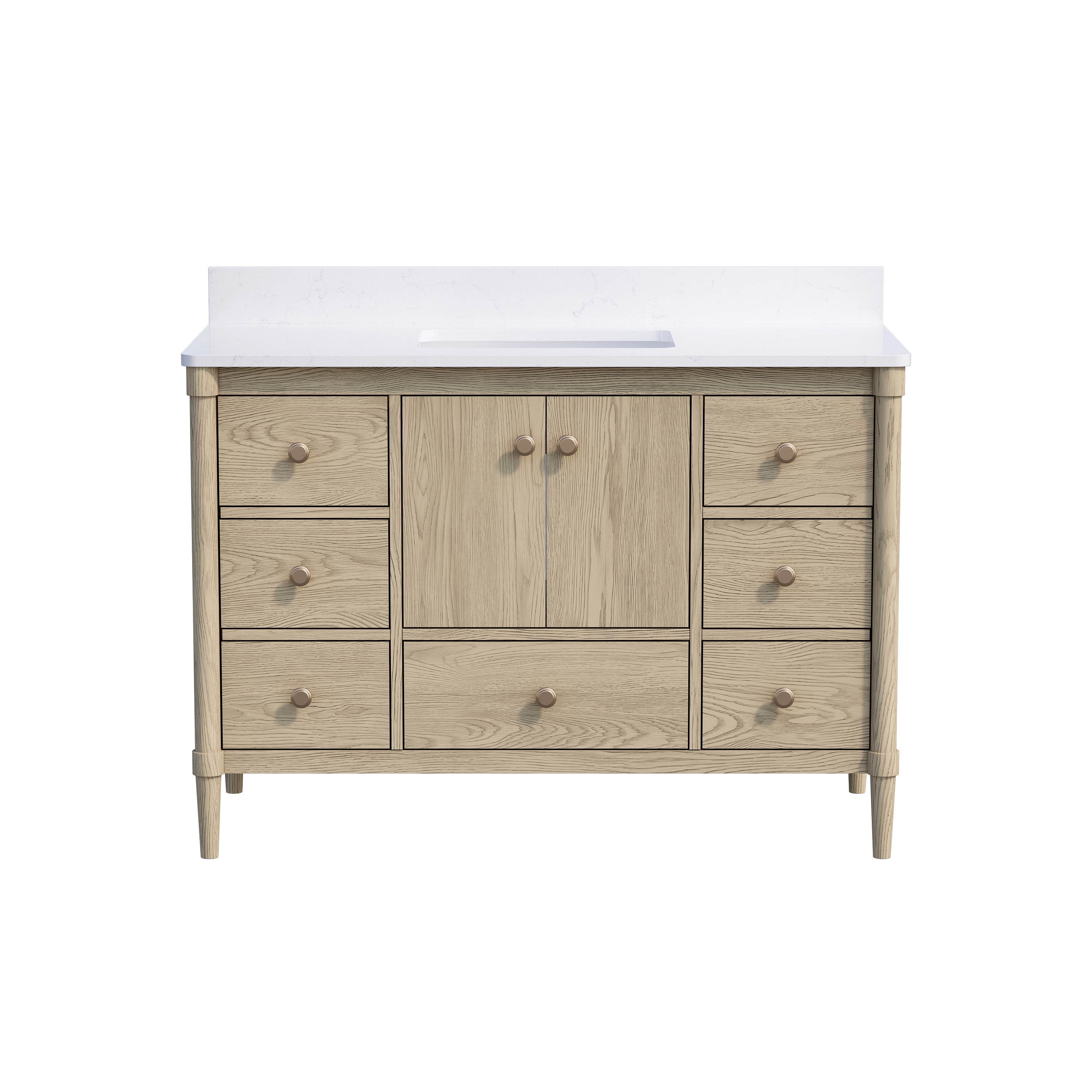
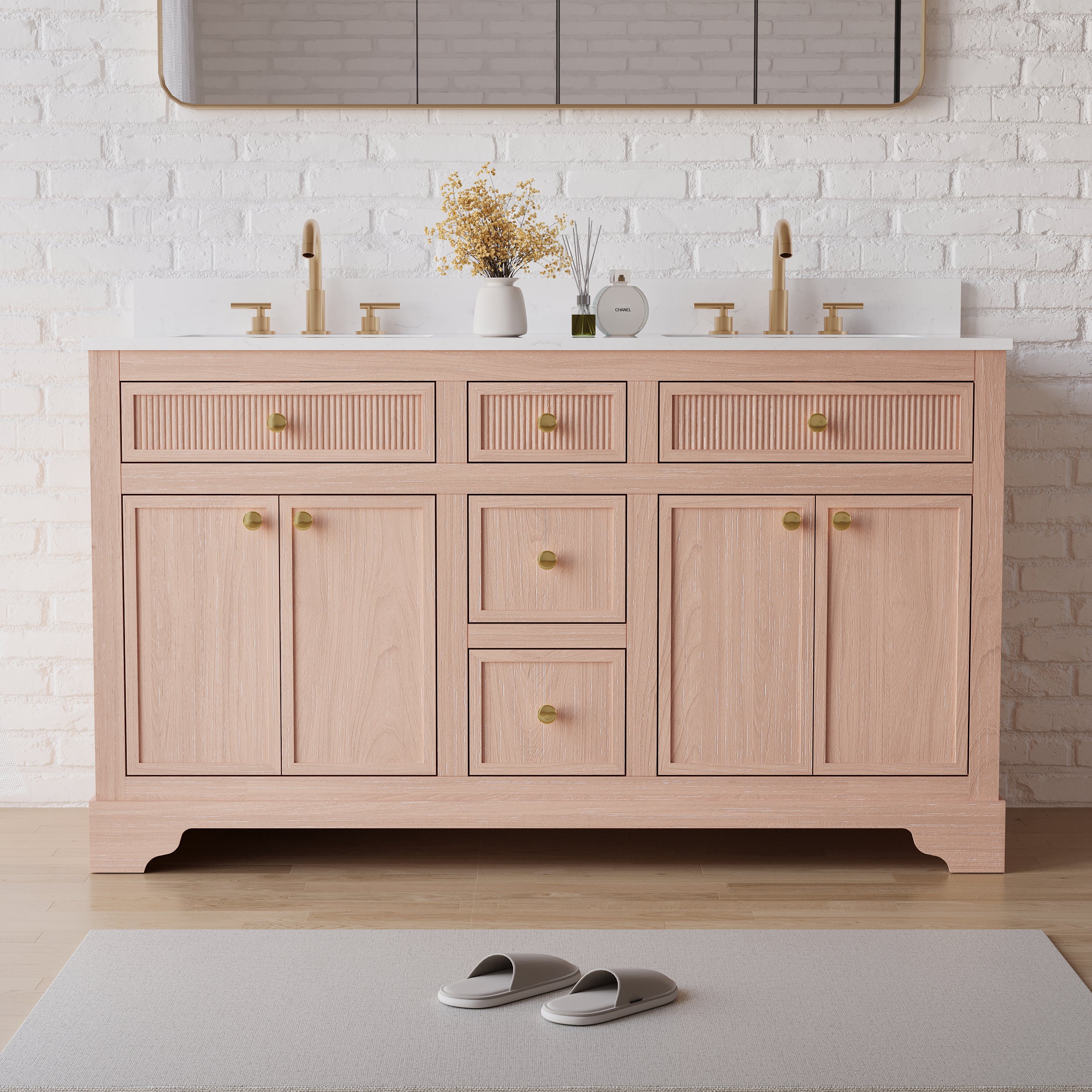



Leave a comment
This site is protected by hCaptcha and the hCaptcha Privacy Policy and Terms of Service apply.